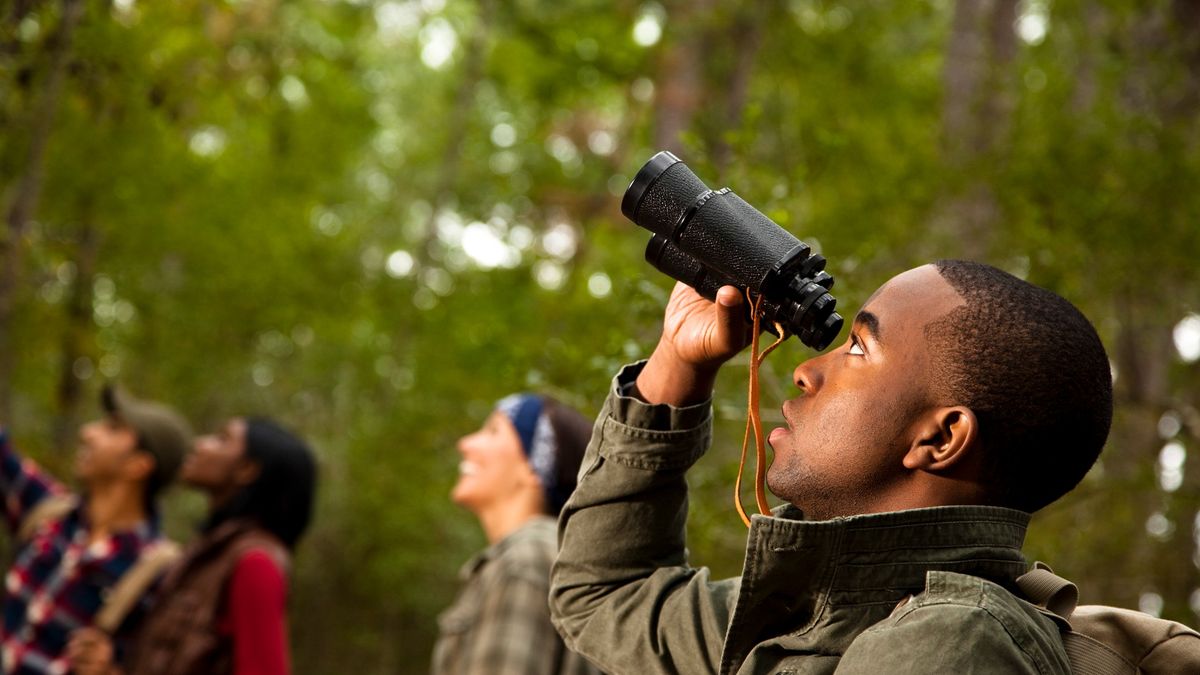Best Binoculars for Stargazing: Which Ones Will Capture Your Eye?
As a professional photographer, you're probably no stranger to the magic of the night sky. However, to truly appreciate and capture its beauty, you may need a bit of helpfrom the **best binoculars for stargazing**. These specialized optical instruments can greatly enhance your night sky observations, particularly when hunting for celestial wonders.
Whether you are planning to take stunning photographs of the Milky Way or simply wish to gaze at distant planets, choosing the right binoculars can make a world of difference. In this article, we will delve deep into the features that make a pair of binoculars the best for stargazing and explore various models that photographers, like you, love.

Understanding Binocular Basics
Before we dive into the specifics of the **best binoculars for stargazing**, it's essential to grasp the fundamentals of binoculars themselves. Binoculars are essentially two telescopes positioned side by side, allowing both eyes to view a scene at the same time, creating a three-dimensional effect.
When selecting binoculars for stargazing, consider the magnification and objective lens diameter. Magnification indicates how much larger an object will appear, while the diameter of the objective lens influences how much light can enter, affecting the brightness of the images. Binoculars are often labeled like this: 8x42. The first number (8) is the magnification, and the second (42) is the diameter, measured in millimeters.
Why Binoculars Over Telescopes?
While telescopes can offer a much more detailed look at astronomical subjects, binoculars hold their own advantages. They are generally more portable, easier to use, and can provide a wider field of view. This makes them ideal for **astrophotography**, allowing you to spot constellations and astronomical objects without the setup troubles that a telescope entails.
If you're interested in diving deeper into how devices like binoculars play a role in modern photography, you might want to check out this article on mirrorless cameras.
Key Features to Look For
When narrowing down your options, here are some features to consider for the best binoculars suited for stargazing:
1. Light Transmission
Quality glass and coatings are crucial for maximizing light transmission. Look for binoculars with fully multi-coated optics, which can help provide brighter images, especially in low-light conditionsideal for night-time photography.
2. Stability and Comfort
If you're going to be using binoculars for extended periods, consider their weight and how comfortable they feel in your hands. Look for features like rubber armor for a better grip and to minimize shakes caused by hand movements.
3. Waterproofing and Fog-proofing
Weather shouldn't deter you from capturing the night sky, which is why waterproof and fog-proof designs are essential. A good pair of binoculars will feature O-ring seals and nitrogen purging to protect against moisture.
4. Eye Relief
Eyeglass wearers should be mindful of the eye relief, which is the distance from the lens at which users can see the entire field of view. Ideally, you'll want a pair that offers at least 15mm of eye relief.
Top Picks for Best Binoculars for Stargazing
After considering all of these features, heres a selection of the top binoculars recommended for stargazing:
1. Celestron SkyMaster 15x70
The Celestron SkyMaster 15x70 is a powerful yet affordable option for professional photographers. With 15x magnification and large 70mm objective lenses, these binoculars excel at gathering light, perfect for viewing dim celestial objects.
2. Nikon Prostaff 7S 10x42
If you want a perfect blend of portability and performance, the Nikon Prostaff 7S offers 10x magnification with an impressive field of view. With its climate-resistant design, this is a superb option for stargazers who venture outdoors.
3. Vortex Optics Diamondback 10x50
The Vortex Optics Diamondback provides outstanding optical performance with its rugged construction. Its fully multi-coated lenses ensure bright images, making it a great choice for **night photography**.
4. Fujinon 25x150 MT-XL-Super
If you're serious about astronomy and seeking extreme power, the Fujinon 25x150 is on the higher end but provides unmatched performance for serious astronomers and photographers alike.
Best Accessories for Stargazing
To ensure you get the best out of your binocular experiences, consider these accessories:
1. Tripod Adapter
Stabilizing your binoculars with a tripod can significantly reduce shake and improve clarity for long stargazing sessions.
2. Carrying Cases
Durable and padded cases keep your binoculars safe and ready for travel. Look for one that allows for easy access.
3. Lens Cleaning Kits
Keeping your lenses clean helps to maintain optical quality. Invest in a quality cleaning kit to avoid damage while keeping your optics clear.

Public Stargazing Events
One of the best ways to enhance your stargazing skills is by participating in public events. Local astronomy clubs often host events where you can meet fellow enthusiasts and use top-of-the-line telescopes and binoculars.
For those interested in exploring different types of binoculars, you might find great information on types of binoculars.
FAQs
1. What magnification is best for stargazing?
For stargazing, a magnification of 8x to 15x is generally considered ideal, balancing detail and field of view.
2. What is the best binoculars brand for stargazing?
Brands like Celestron, Nikon, and Vortex are highly recommended for their quality and performance.
3. Can I use binoculars for astrophotography?
Yes, binoculars can be used for astrophotography, particularly for spotting celestial objects before capturing them with a camera.

